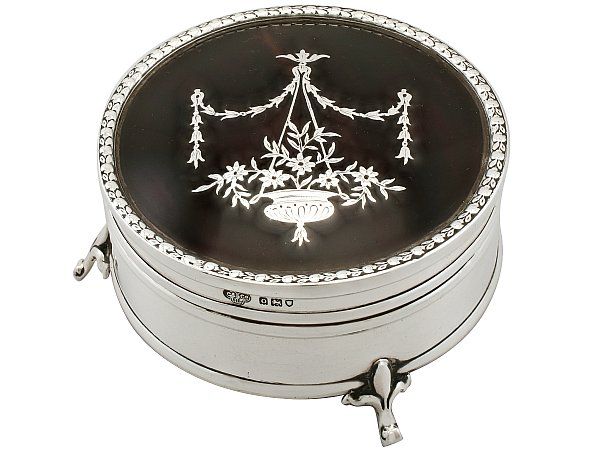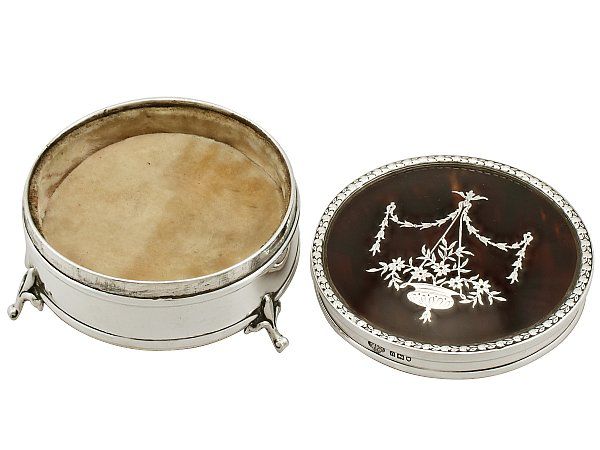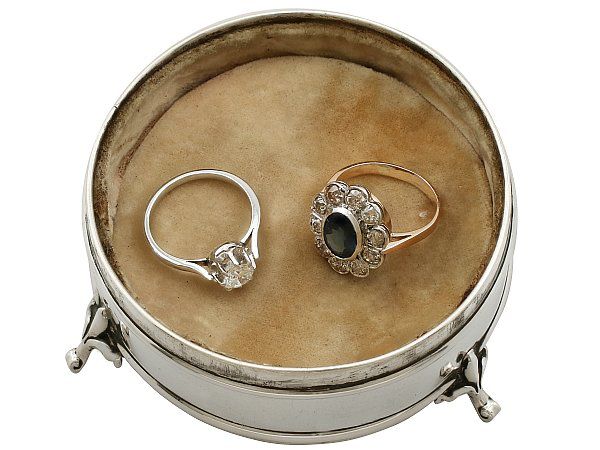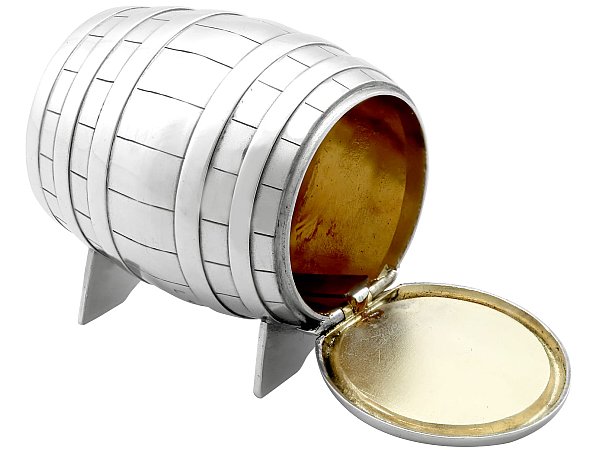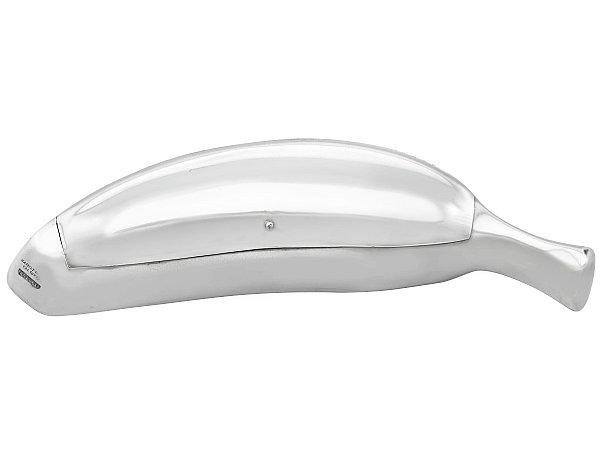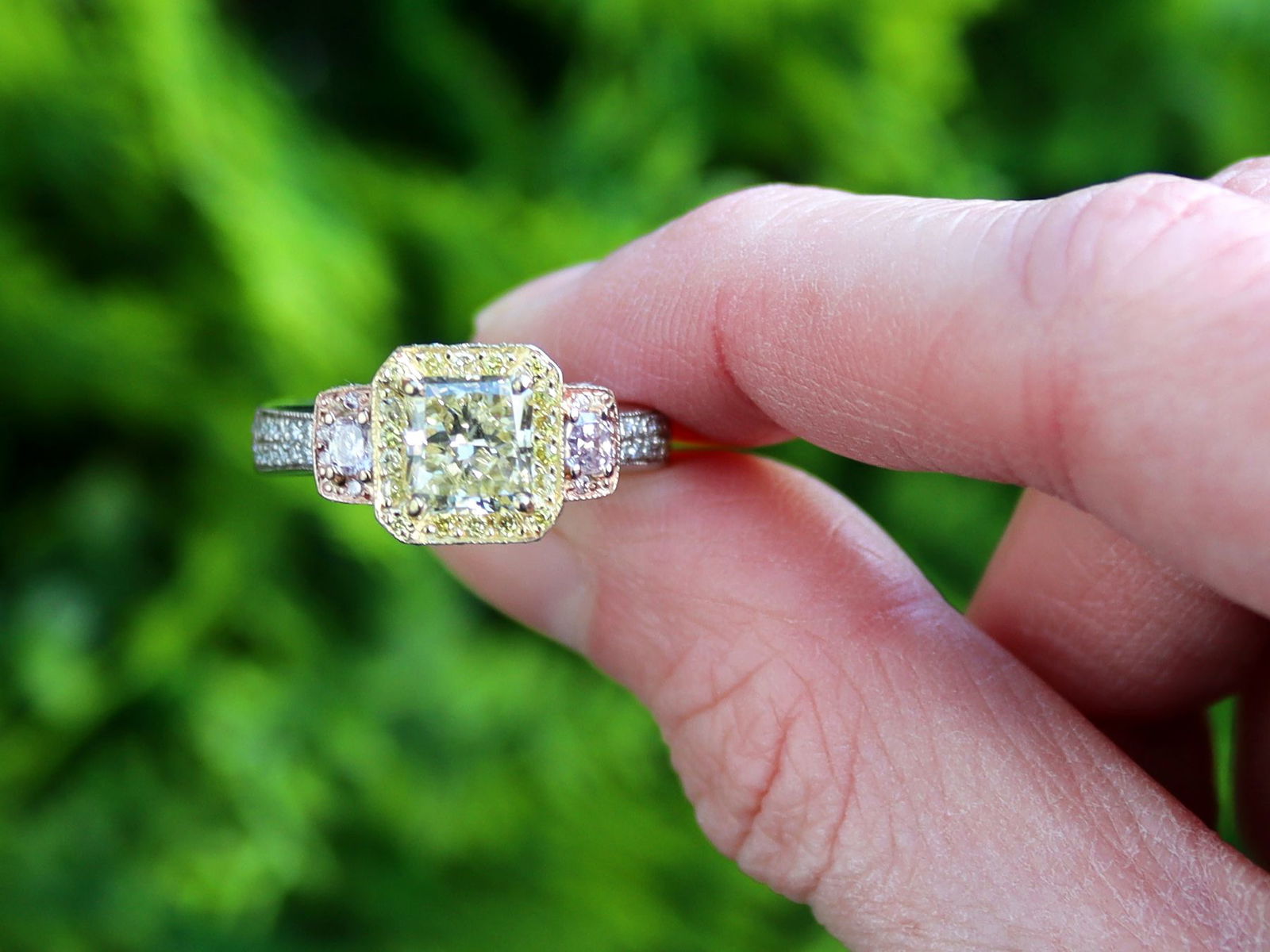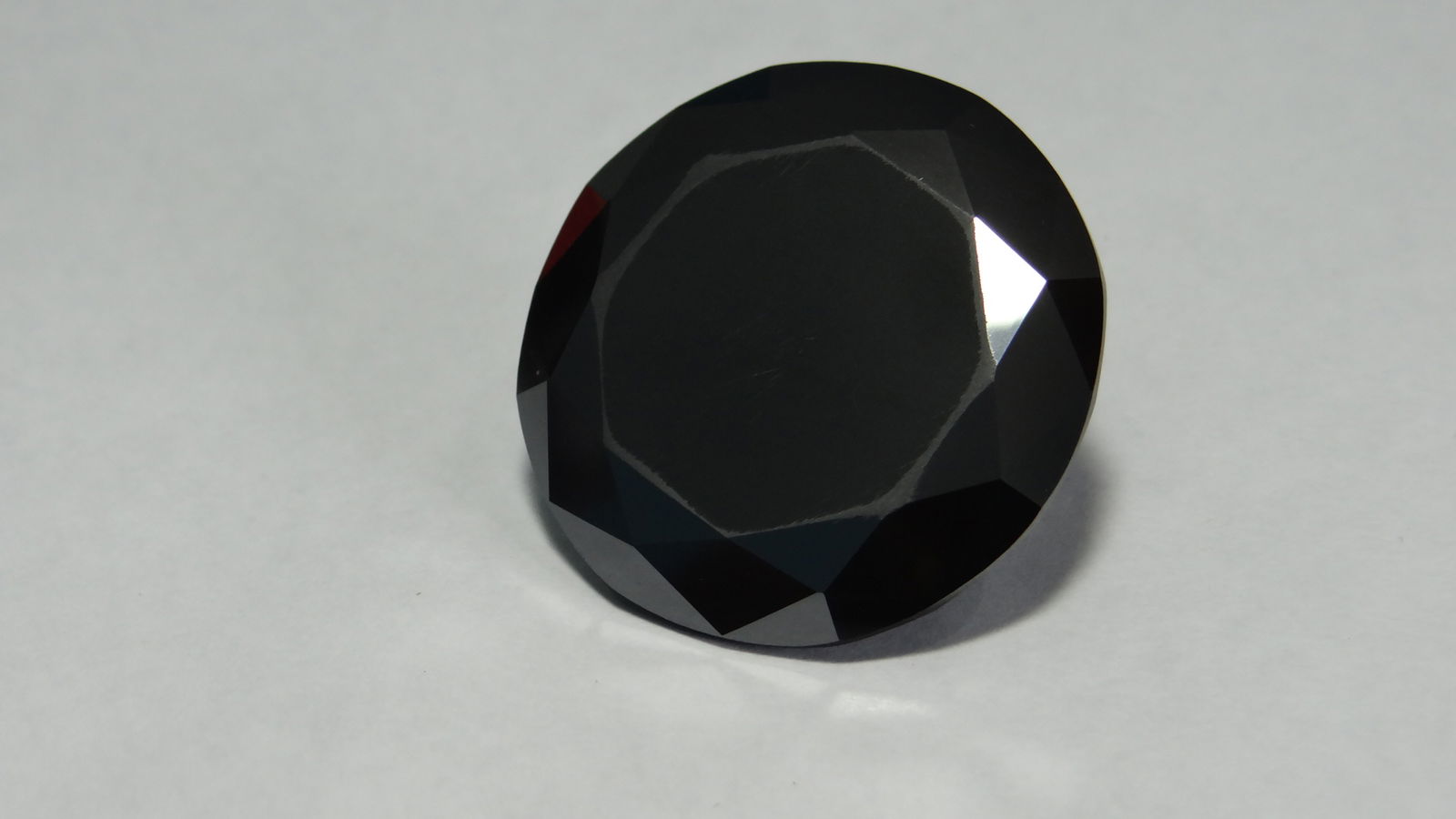Trinket boxes, often referred to as keepsake or jewellery boxes, boast a rich and intriguing history. These petite containers have transformed in both style and purpose throughout the ages, frequently mirroring the artistic tastes and cultural values of their creators. In this exploration, we will delve into the development of the trinket box, tracing its journey from ancient civilisations to contemporary times, with a spotlight on significant historical periods like Ancient Egypt, the Victorian era, and the Edwardian era.
Trinket Boxes in Ancient Egypt
Trinket boxes have a rich history that dates back to ancient cultures, serving both practical and symbolic roles. In Ancient Egypt, intricately designed boxes were commonly made to store valuable items like jewellery, perfumes, and cosmetics. Skilled artisans utilised materials such as wood, alabaster, ivory, and occasionally precious metals, showcasing the wealth and social standing of their owners.
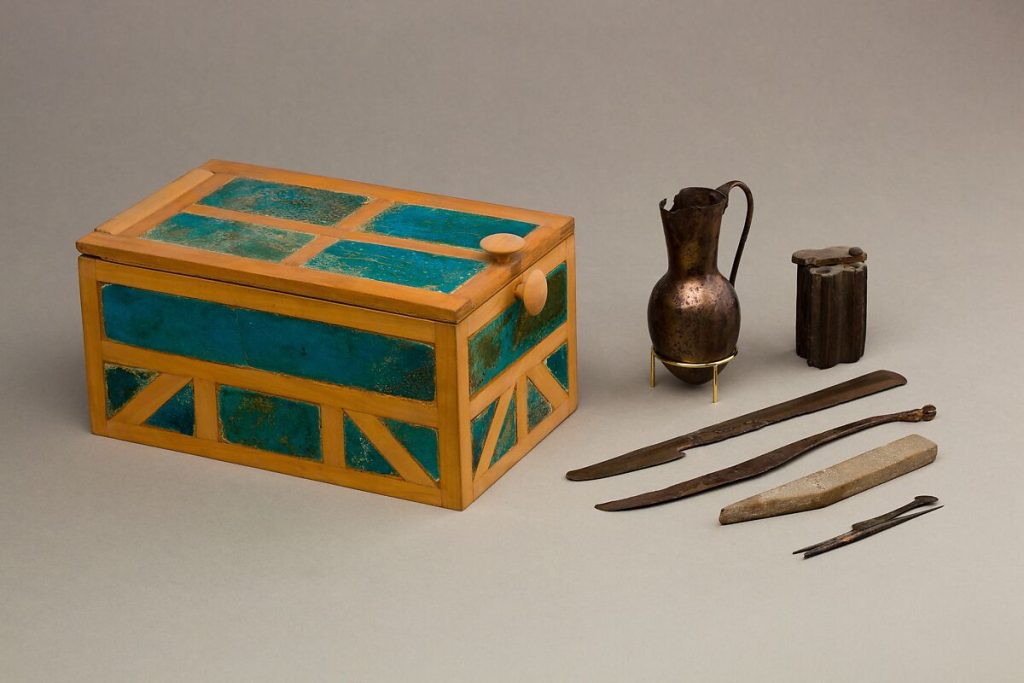
The elite often utilised gold, silver, and precious stones, while those with lesser means opted for wood and brass.
The boxes showcased elaborate carvings, religious motifs, and eventually, Renaissance art influenced by classical styles. The locking mechanisms also evolved to be more advanced.
Primarily, these boxes served to securely store valuable items like coins, antique jewellery, or personal correspondence, becoming emblems of wealth and social standing.
Trinket Boxes from the Victorian Era (1837-1901)
The Victorian era brought about a notable transformation in the design and purpose of trinket boxes. With society growing more sentimental, particularly regarding love, family, and loss, these boxes evolved into treasured keepsakes that stored personal mementos like locks of hair, photographs, and small tokens.
Popular materials included porcelain, glass, silver, and wood. Many boxes were beautifully hand-painted and adorned with floral designs or romantic imagery.
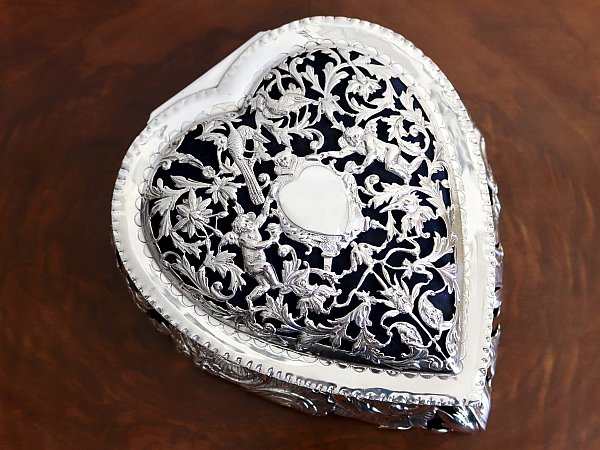
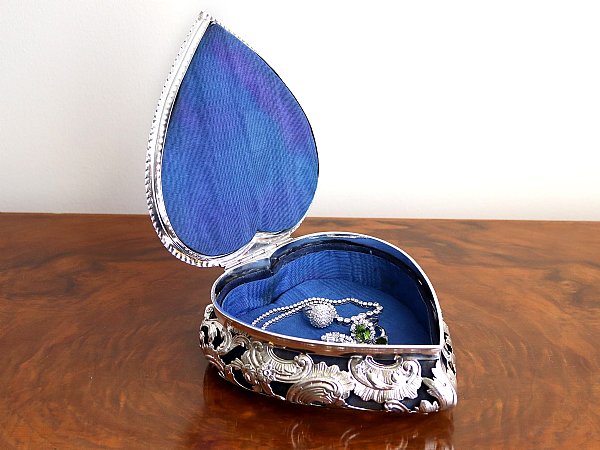
Victorian trinket boxes were known for their elaborate decorations, often showcasing detailed engravings or tiny paintings. They frequently took the form of hearts, flowers, or animals.
These boxes served not just as storage for jewellery but also as keepsakes for treasured memories. The emergence of mourning jewellery and memorabilia added to their significance in honouring the memory of loved ones.
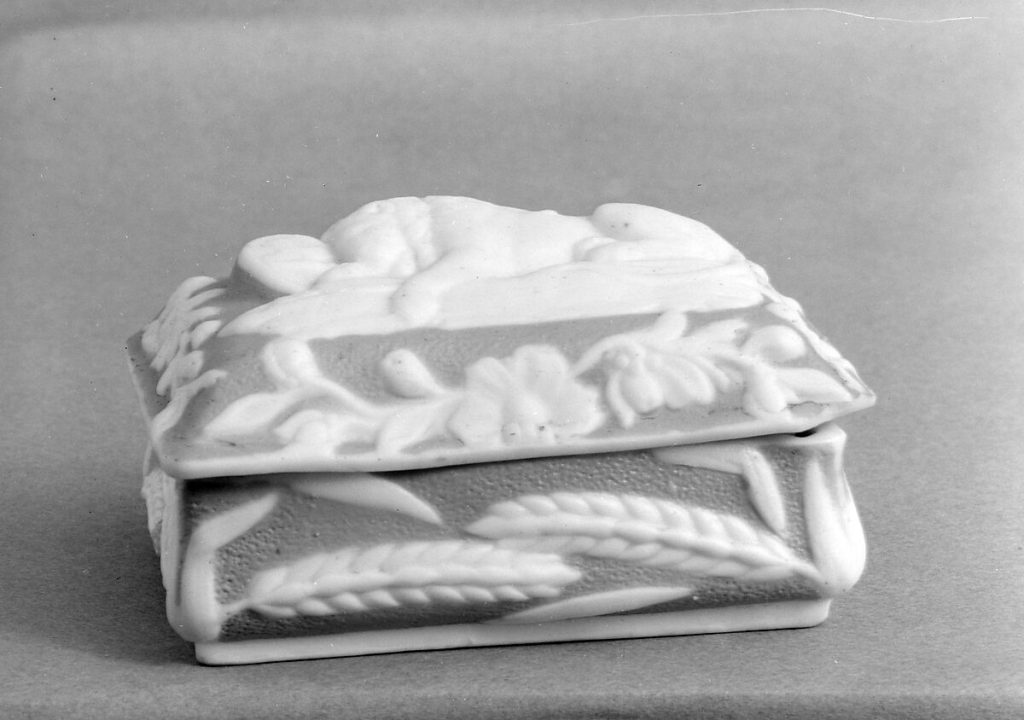
Trinket Boxed from the Edwardian Era (1901-1910)
The Edwardian era saw a significant evolution in trinket box design, showcasing the era’s love for luxury and sophistication. With the influence of Art Nouveau, these designs became more intricate, featuring graceful curves and motifs inspired by nature.
Silver, enamel, ivory, and mother-of-pearl became increasingly popular, frequently paired with opulent fabrics like velvet for interior linings.
The Art Nouveau style took centre stage, showcasing nature-inspired motifs such as flowers, birds, and insects, along with more elaborate detailing. Antique boxes from this time often featured a lighter, more delicate look compared to the heavier, darker styles of the Victorian era.
Similar to the Victorian era, trinket boxes served both decorative and practical roles, storing jewellery or cherished items. However, they now embodied a more luxurious and sophisticated appeal, often given as gifts or representing wealth.
Modern Day Trinket Boxes
In the 20th and 21st centuries, trinket boxes have transformed in both design and purpose. Although mass production has made them easier to find, there remains a vibrant market for handmade and collectible trinket boxes, frequently created in limited runs or as unique pieces of art.
Modern materials vary widely, encompassing everything from basic plastics and metals to elegant gold, crystal, and artisanal ceramics. There’s also a strong appeal for vintage-inspired designs.
Today’s trinket boxes showcase a diverse array of styles, ranging from sleek, minimalist looks to charming vintage and retro themes. They come in fun shapes and are often tailored for specific uses, such as holding rings or earrings.
While trinket boxes still fulfil their classic role in jewellery storage, they have also evolved into decorative pieces or thoughtful gifts. Many enthusiasts enjoy collecting unique and artistic trinket boxes, making them a form of personal expression.
The development of the trinket box showcases not just transformations in materials and design, but also changes in cultural values and individual expression. From the ceremonial boxes of Ancient Egypt to the cherished mementos of the Victorian age and the refined treasures of the Edwardian era, trinket boxes have functioned as both practical items and personal symbols throughout time. In the present day gold boxes and trinket boxes continue to merge utility with artistry, valued for their aesthetic charm and the memories they encapsulate.
This historical journey underscores the lasting allure of these small yet significant objects, which have consistently played a role in safeguarding personal treasures over the centuries.
Sources:


